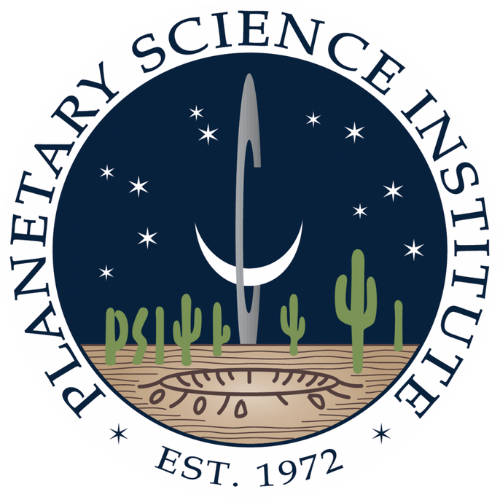External Partners
- Southwest Research Institute
Project Description
We propose to understand the variability, sources, and sinks of argon in the lunar exosphere, and study its cold-trapping in the Permanently Shaded Regions (PSRs) of the Moon. This goal will be achieved by answering the following science questions: where does argon outgas from? Where is argon preferentially trapped, and how much of it is stored in the PSRs? What are the relative roles of scavenging versus burial of such argon deposits from micro-meteoroid impact vaporization? What is the argon inventory in the PSRs?
These questions will be answered by a combination of data analysis and modeling. Data from Lunar Reconnaissance Orbiter (LRO) instruments LOLA (Lunar Orbiter Laser Altimeter) and Diviner will be used to improve our existing exospheric code while data from the Neutral Mass Spectrometer (NMS) on board NASA's Lunar Atmosphere and Dust Environment Explorer (LADEE) will be used to validate and constrain the code.
The lunar volatiles are of special interest for the investigation of fascinating processes occurring in extremely cold lunar environments, where there seem to be puzzlingly large amounts of surficial water. In addition, as highlighted in The Scientific Context for Exploration of the Moon, the lunar polar regions may provide critical resources [...] for future explorations (Concept 4).
Among the lunar volatiles, argon is of special interest, since it comes from the radioactive decay of potassium within the interior of the Moon, so it is truly an endogenic element which is ultimately released into the exosphere from micropores and cracks at the surface. Moreover, argon mimics the behavior of other volatiles of interest, namely water, in its lateral migration until cold-trapping in the PSRs.
Recently, observations from LADEE/NMS have positively confirmed the detection of argon after four decades from the first measurements (from the mass spectrometer LACE deployed at the lunar surface during the Apollo 17 mission), detecting: 1) a previously unseen enhancement in exospheric argon density above the Western Maria, a geologically interesting region rich in KREEP material; and 2) what appears to be a periodic trend in the exospheric distribution of argon, perhaps due to increased argon diffusion due to tidal stresses.
To investigate such interesting results, we will improve our code by including a set of temperature maps from LRO/Diviner, to simulate the diurnal temperature profile of each point of the surface, and a topography map, from LRO/LOLA, to reproduce craters and mountains. We will then start analyzing the LADEE/NMS exospheric argon densities to understand these temporal and spatial variations, for example investigating the possibility for local outgassing and the change in residence time (and hence in atmospheric density) with the type of terrain. Finally, we will feed the output of our exospheric code, namely the amount of argon delivered to and cold trapped in the PSRs, to a space weathering simulation to study how much of such deposits can survive the micrometeoroids impacts. At the end of the 3 years we will have identified the major sources and sinks of argon in the lunar exosphere and we will have a prediction for distribution of argon in the PSRs.
During the whole duration of the proposal (3 years), Matt Siegler of Planetary Science Institute (PSI) will help with the generation of a set of lunar surface temperature maps from LRO/Diviner radiometer. A trip to SwRI in San Antonio, TX, is foreseen in year 1 to work closely with PI Grava on the adaptation of the surface temperature maps into the code. The preferred temporal resolution will be determined during the course of the 1st year of the proposal.
For the remainder of the proposal (last 2 years), Matt Siegler will run the models that fit Diviner observations at different times of year, in order to perform sensitivity tests on changes, if there are, of the lunar exosphere with time of the year.
The inclusion of these Diviner maps will correctly take into account the thermal re-radiation from orographic features such as crater rims exposed at sunlight, potentially decreasing the area of such PSRs.
Toward the end of the project Matt Siegler participates in the publication of the results, particularly with respect to the conclusions on the long-term storage of argon in relation to his work on the long term evolution of lunar volatiles deposits. A trip to LPSC is foreseen to present such results.

